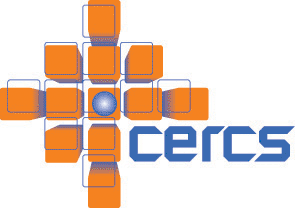- CERCS Group Home
- >
- Facilities
The CERCS's current facilities include the following:
The main laboratories:
- Systems and Software Research
Lab
| The Systems Research Lab is the main laboratory of the Systems group, around which most of the group's research activities are centered. Research topics include programming languages and compilers, software tools, operating systems, software analysis and testing, and distributed systems/middleware. | 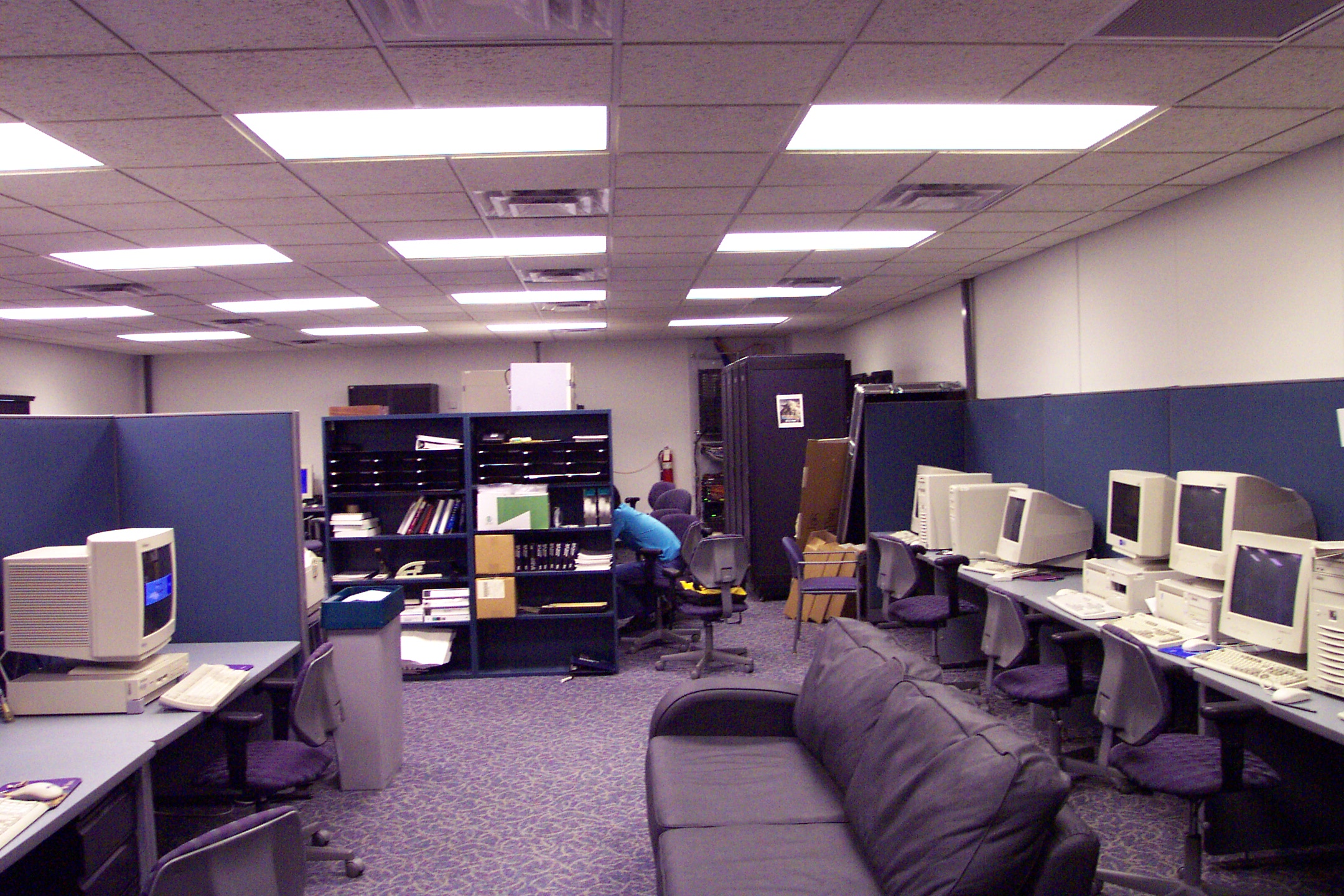 |
||
| The CSL is focused on critical computing systems for real-time, embedded and highly dependable applications. Research topics include computer architecture, network interfaces and cluster systems, operating system kernels, fault-tolerant computing and embedded systems. | 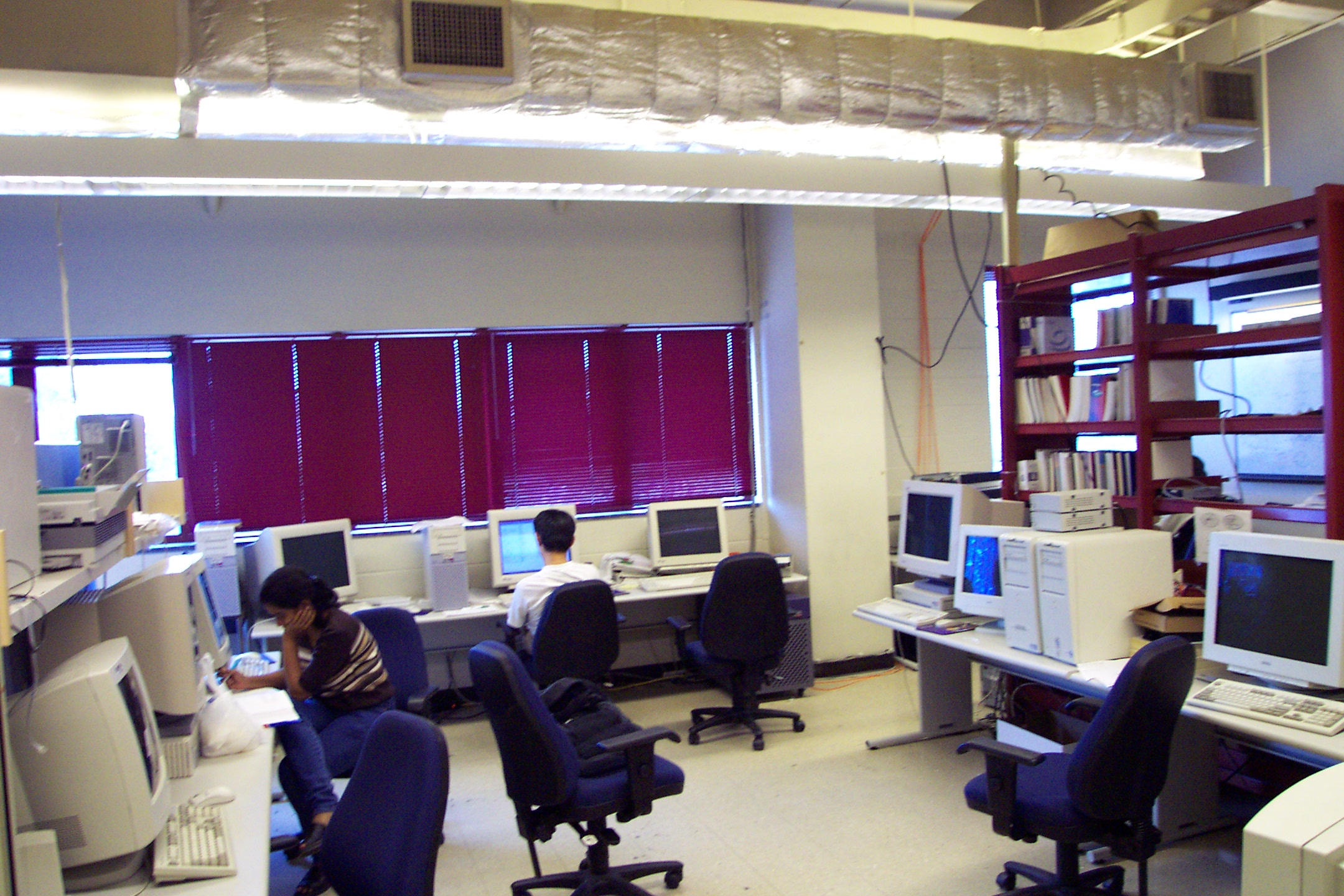 |
||
| Adjacent to the main Systems Research Lab is the Systems Studio, which conducts work in interactive systems. The focus is on high-end collaboration and pervasive and ubiquitous systems, via devices like video walls, immersive workbenches, and 3D-interactive systems. | 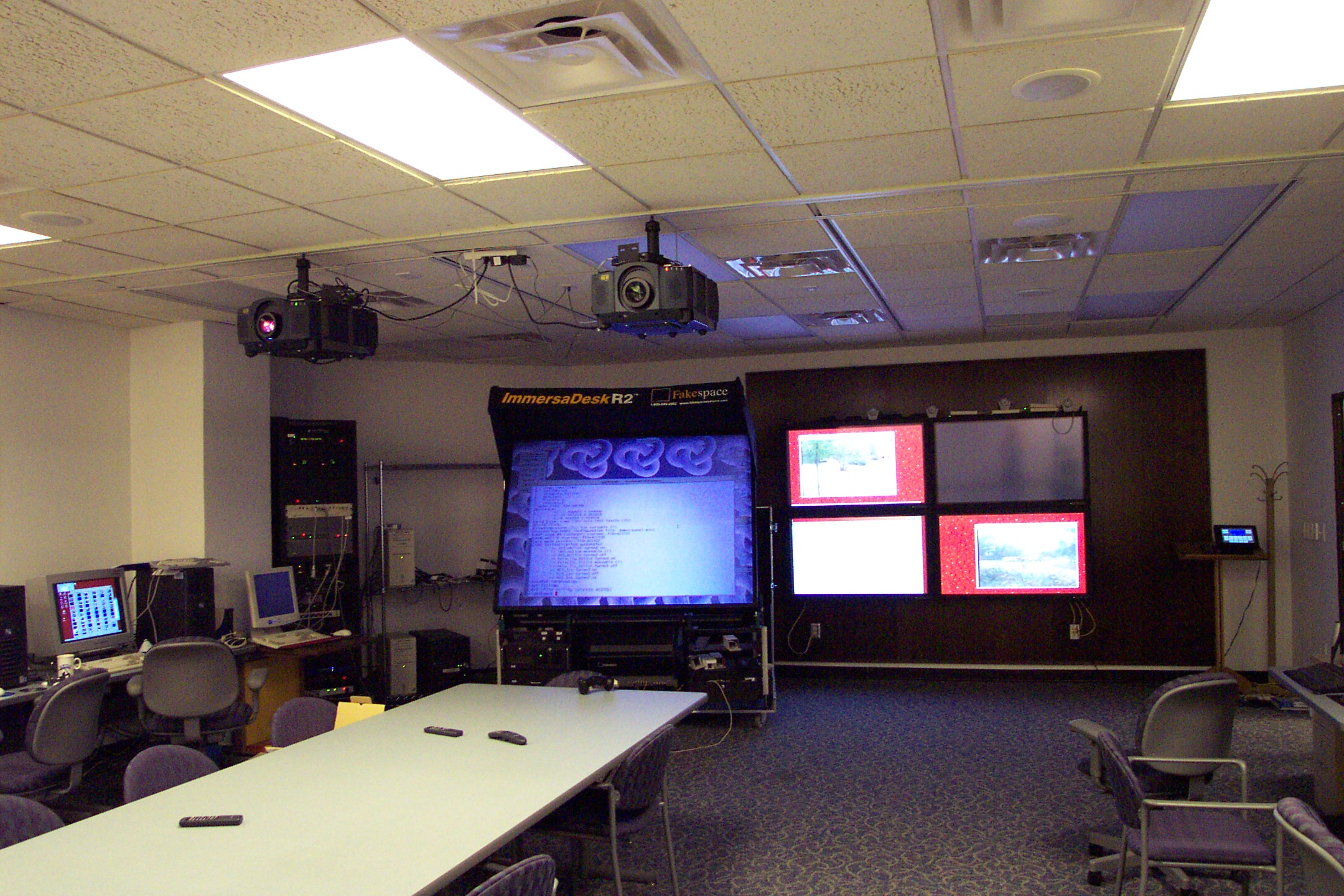 |
||
| The Systems Showcase is the focus of the DARPA-funded Infosphere project. This lab supports collaborative research between Georgia Tech and Oregon Graduate Institute to build next generation systems software for information flow-driven applications. | 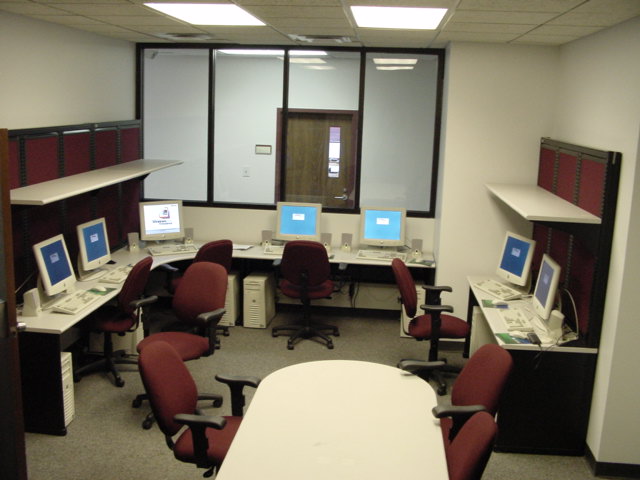 |
||
Soft Architecture Lab
This effort focuses on the impact of ubiquitous dynamic compilation technology on hardware and systems software design in embedded and high-performance contexts.
Security Lab
|
A new laboratory currently under construction is the Security Lab (CCB Building), which will explore issues in computer security, at both the network and systems levels. |
|||
- Interactive High Performance
Computing Lab (IHPCL)
| All of these laboratories share access to the cluster computers resident in the IHPCL, offering cluster machines with a total of more than 300 computational nodes. For more information on IHPCL resources visit the IHPCL Resources pages. | 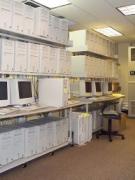 |
||
- CERCS Enterprise Computing Laboraroty (CERCS-ENT)
|
The CERCS Enterprise Computing Laboratory was created to facilitate research aimed at understanding the issues towards meeting the specific high-performance requirements of Enterprise Computing applications. CERCS-ENT hardware resources include number of IBM and HP servers and workstations, and licenced software for development of and experimentation with WebSphere applications. |
|||
CERCS maintains a large collection of high-end computing,
networking and interactive display/capture equipment for general research
use in our shared laboratory spaces. The computing infrastructure includes
multiple large clusters (8-, 32- 64-, 96- and 136-processor Intel- and
Sun-based arrays, some through the IHPCL) interconnected with multiple
networking technologies (Myrinet, ATM, Fast and Gigabit Ethernet), multiprocessors
(notably a 16-processor SGI Origin) and general high-end workstations.
An Access Grid node residing in the Design Studio links
Georgia Tech researchers to over 40 such facilities existing worldwide,
using state-of-the-art video conferencing and data streaming technologies
and Gigabit connections to Internet II. An interactive 4-panel video
wall captures data about studio inhabitants in real-time, processes
the data on local machines or remote cluster computers, and displays local
or remote scenes. Collaborative applicationas may simultaneously use the
video wall, access grid, 3D data rendering and manupulation engines, and
an immersive desk.
The CERCS resources are connected via Gigabit Ethernet
backbone to major complementary facilities in the CoC's GVU center (next
door) and the campus-wide High Performance Computing group.
Contact Us | ECE Home | CoC Home | Georgia Tech Home © 2005-2007 CERCS at Georgia Tech :: Atlanta, Georgia 30332 Last Modified:Tuesday, 09-Oct-2007 16:57:28 EDT by Jay Lofstead
